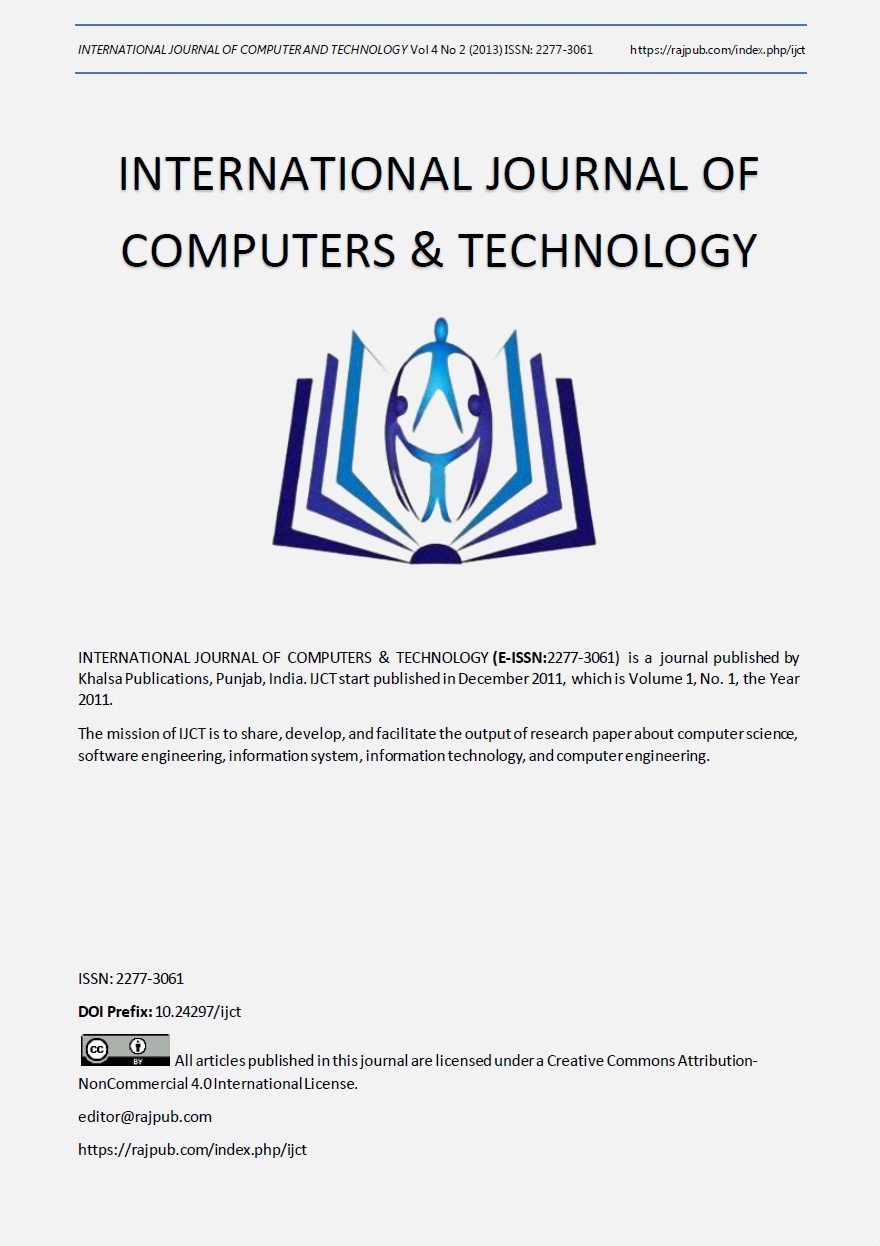Analysis of MAC Protocol for Reliable Broadcast
DOI:
https://doi.org/10.24297/ijct.v4i2C1.4180Keywords:
Broadcasting protocol, DSRC, headway, MATLAB, VANETAbstract
In wireless communication It is important to find a reliable broadcasting protocol that is especially designed for an optimum performance of public-safety and data travelling related applications. Using RSU and OBU, there are four novel ideas presented in this research work, namely choosing the nearest following node as the network probe node, headway-based segmentation, non-uniform segmentation and application adaptive. The integration of these ideas results in a protocol that possesses minimum latency, minimum probability of collision in the acknowledgment messages and unique robustness at different speeds and traffic volumes. Wireless communications are becoming the dominant form of transferring information,and the most active research field. In this dissertation, we will present one of the most applicable forms of Ad-Hoc networks; the Vehicular Ad-Hoc Networks (VANETs). VANET is the technology of building a robust Ad-Hoc network between mobile vehicles and each other, besides, between mobile vehicles and roadside units.









